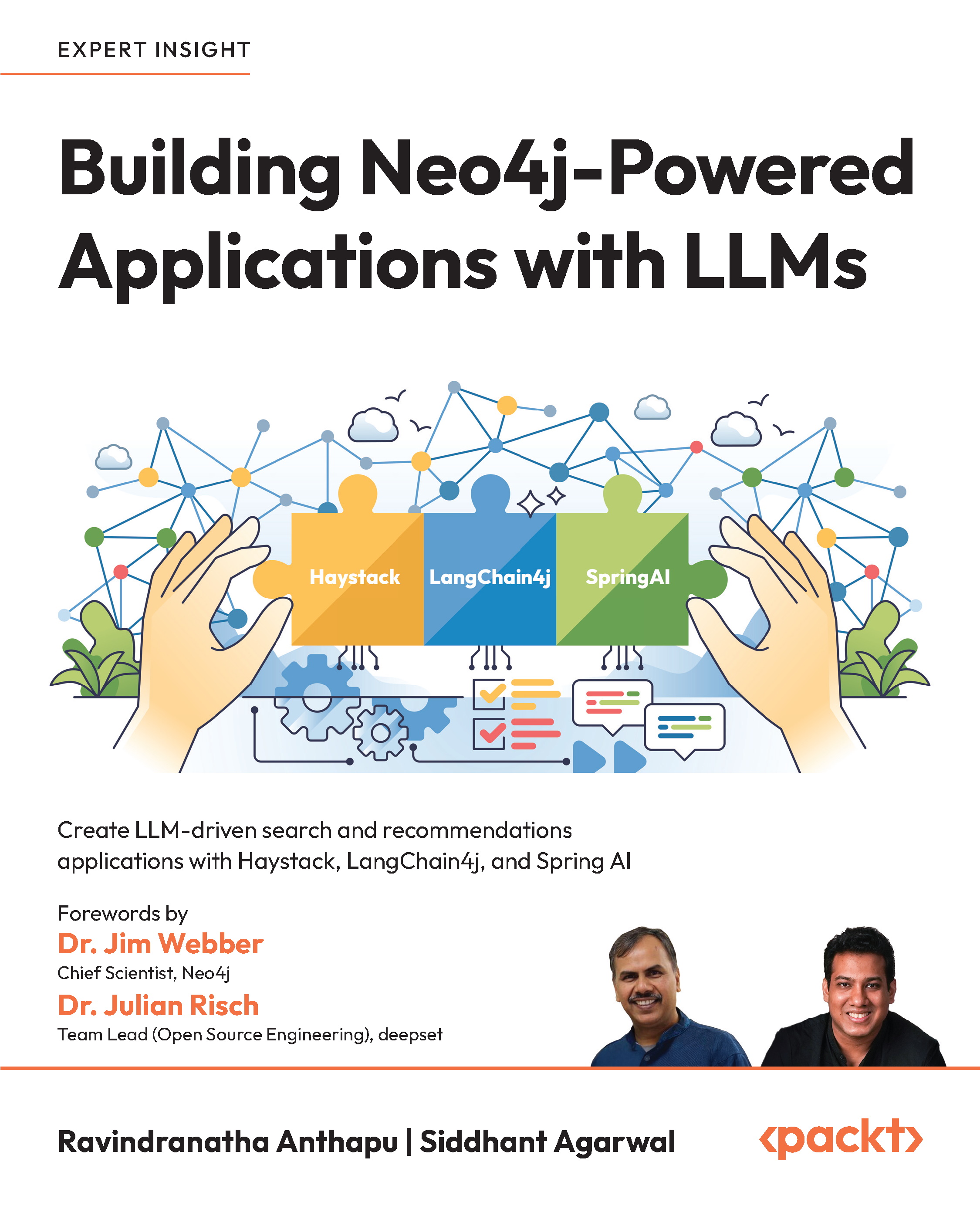Velocity model and data objects in Apache Roller
There are several standard model and data objects you can use in Apache Roller to access your weblog's data. Some of the most widely used are $config, $model, $url, $utils, $weblog, $weblogCategory, and $weblogPage. In the following exercise, you'll get to work with the $config object.
The $config object
This model is used to access Roller's site-wide configuration parameters, such as the e-mail address of Roller's administrator, the name of the Roller site, and so on.
Time for action – properties of the $config model object
The following exercise will show you how to use some properties of the $config model object inside your custom template:
- Go to your custom template editing page, and replace the six lines of code below the <body><html> line with the following lines:
Welcome to my blog, <b>$model.weblog.name</b> --> <i>$config.
siteDescription</i> </br>
I'm using Apache Roller Version <b>$config.rollerVersion</b> </br>
You can e-mail me at <b>$config.siteEmail</b> if you run into any
problems in this site. </br>
This is my first template </br>
My weblog's absolute URL is: <b>$url.absoluteSite</b> </br>
</br>
- The entire code of your template should look like the following screenshot (the code you have to change is highlighted):

- Save your changes and click on your template's [launch] link to open a new tab in your web browser and see the results:

- Close the results tab if you like, but leave the Frontpage: Templates window open for the next exercise.
What just happened?
The following table summarizes the $config object properties you learned to use in the previous exercise, along with their value:
|
Property
|
Definition
|
Value
|
|
$config.siteDescription
|
Shows your site's description.
Unlock access to the largest independent learning library in Tech for FREE!
Get unlimited access to 7500+ expert-authored eBooks and video courses covering every tech area you can think of.
Renews at $15.99/month. Cancel anytime
|
My First Installation of Apache Roller
|
|
$config.rollerVersion
|
Shows the Apache Roller version used.
|
4.0.1
|
|
$config.siteEmail
|
Shows the site administrator's email.
|
[email protected]
|
You can find all $config parameters under Roller's Server Admin tab:
The $model, $category, and $entry objects
These objects are used to access all the data for a specific weblog: weblog entries, categories, comments, among others.
 United States
United States
 Great Britain
Great Britain
 India
India
 Germany
Germany
 France
France
 Canada
Canada
 Russia
Russia
 Spain
Spain
 Brazil
Brazil
 Australia
Australia
 South Africa
South Africa
 Thailand
Thailand
 Ukraine
Ukraine
 Switzerland
Switzerland
 Slovakia
Slovakia
 Luxembourg
Luxembourg
 Hungary
Hungary
 Romania
Romania
 Denmark
Denmark
 Ireland
Ireland
 Estonia
Estonia
 Belgium
Belgium
 Italy
Italy
 Finland
Finland
 Cyprus
Cyprus
 Lithuania
Lithuania
 Latvia
Latvia
 Malta
Malta
 Netherlands
Netherlands
 Portugal
Portugal
 Slovenia
Slovenia
 Sweden
Sweden
 Argentina
Argentina
 Colombia
Colombia
 Ecuador
Ecuador
 Indonesia
Indonesia
 Mexico
Mexico
 New Zealand
New Zealand
 Norway
Norway
 South Korea
South Korea
 Taiwan
Taiwan
 Turkey
Turkey
 Czechia
Czechia
 Austria
Austria
 Greece
Greece
 Isle of Man
Isle of Man
 Bulgaria
Bulgaria
 Japan
Japan
 Philippines
Philippines
 Poland
Poland
 Singapore
Singapore
 Egypt
Egypt
 Chile
Chile
 Malaysia
Malaysia















